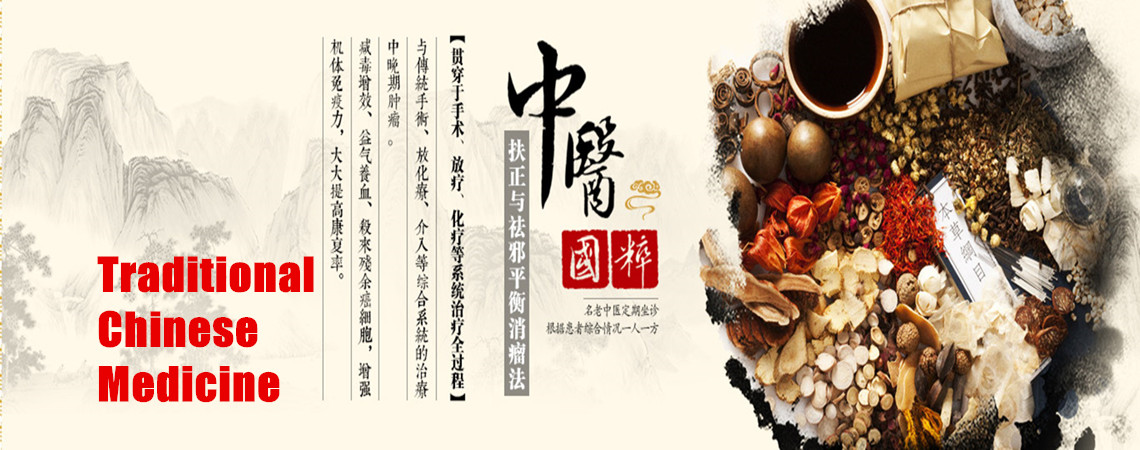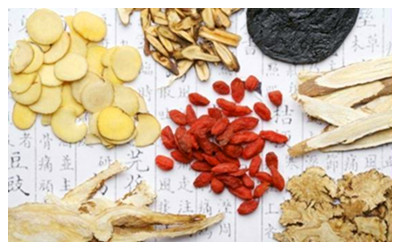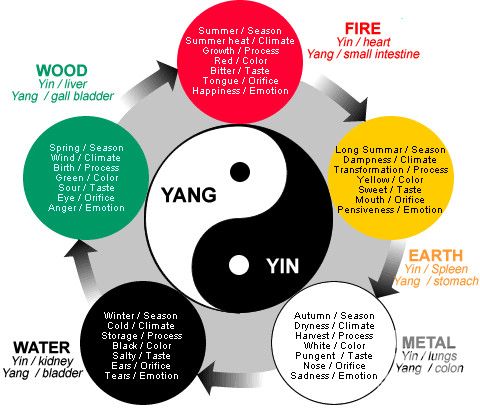Skype: neodalle-travel
Tel: +86 135 7447 2266
E-mail: sales@visitaroundchina.com

 Traditional Chinese Medicine, also known as TCM, generally refers to medicine based on traditional medicine created by Chinese Han people, so it is also called Han medicine. It is a discipline that studies the diagnosis and prevention of human physiology, pathology, and disease.
Traditional Chinese Medicine, also known as TCM, generally refers to medicine based on traditional medicine created by Chinese Han people, so it is also called Han medicine. It is a discipline that studies the diagnosis and prevention of human physiology, pathology, and disease.With a history of 2000 to 3000 years, Traditional Chinese Medicine (TCM) has formed a unique system to diagnose and cure illness. The TCM approach is fundamentally different from that of Western medicine. In TCM, the understanding of the human body is based on the holistic understanding of the universe as described in Daoism, and the treatment of illness is based primarily on the diagnosis and differentiation of syndromes.
The TCM approach treats zang--fu organs as the core of the human body. Tissue and organs are connected through a network of channels and blood vessels inside human body. Qi (or Chi) acts as some kind of carrier of information that is expressed externally through jingluo system. Pathologically, a dysfunction of the zang-fu organs may be reflected on the body surface through the network, and meanwhile, diseases of body surface tissues may also affect their related zang or fu organs. Affected zang or fu organs may also influence each other through internal connections. Traditional Chinese medicine treatment starts with the analysis of the entire system, then focuses on the correction of pathological changes through readjusting the functions of the zang-fu organs.
 Evaluation of a syndrome not only includes the cause, mechanism, location, and nature of the disease, but also the confrontation between the pathogenic factor and body resistance. Treatment is not based only on the symptoms, but differentiation of syndromes. Therefore, those with an identical disease may be treated in different ways, and on the other hand, different diseases may result in the same syndrome and are treated in similar ways.
Evaluation of a syndrome not only includes the cause, mechanism, location, and nature of the disease, but also the confrontation between the pathogenic factor and body resistance. Treatment is not based only on the symptoms, but differentiation of syndromes. Therefore, those with an identical disease may be treated in different ways, and on the other hand, different diseases may result in the same syndrome and are treated in similar ways.
The clinical diagnosis and treatment in Traditional Chinese Medicine are mainly based on the yin-yang and five elements theories. These theories apply the phenomena and laws of nature to the study of the physiological activities and pathological changes of the human body and its interrelationships. The typical TCM therapies include acupuncture, herbal medicine, and qigong exercises. With acupuncture, treatment is accomplished by stimulating certain areas of the external body. Herbal medicine acts on zang-fu organs internally, while qigong tries to restore the orderly information flow inside the network through the regulation of Qi. These therapies appear very different in approach yet they all share the same underlying sets of assumptions and insights in the nature of the human body and its place in the universe. Some scientists describe the treatment of diseases through herbal medication, acupuncture, and qigong as an "information therapy".
 Ask Questions ?
Ask Questions ?